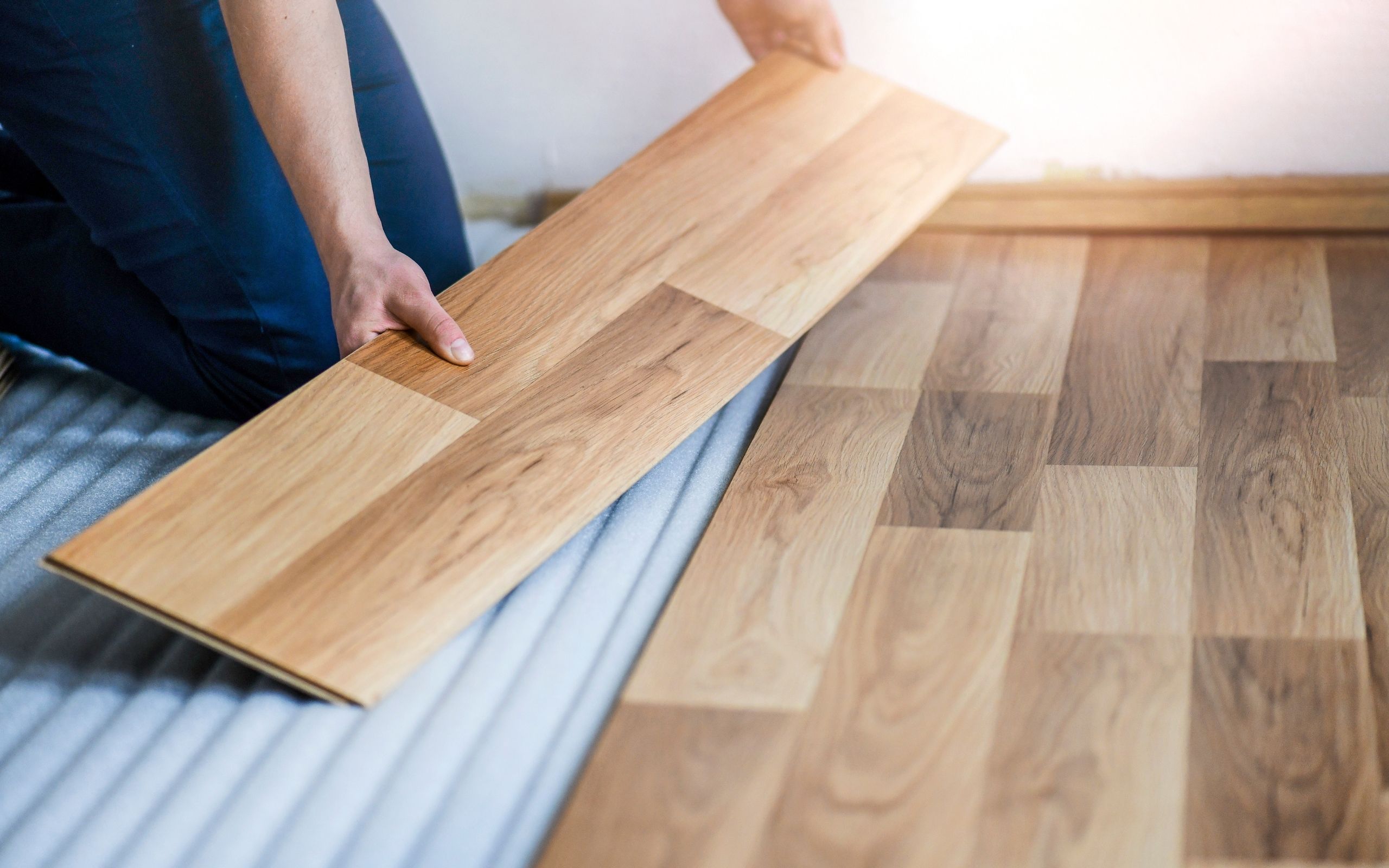Read more: Durability Defined

We are a successful company with more than 25 years of experience in the market, we have the infrastructure.
read more...